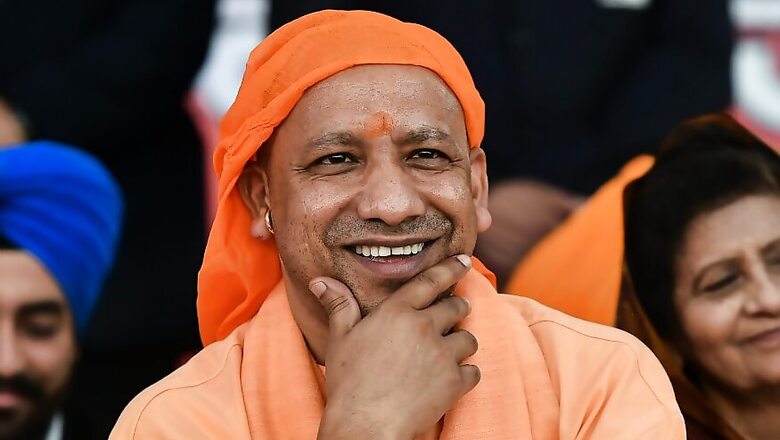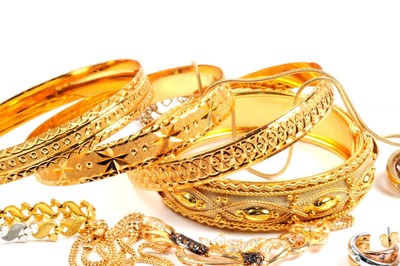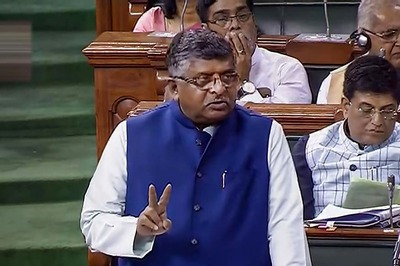
views
New Delhi: The green-colored flags of Muslim League dotting the landscape of Kerala’s Wayanad, in a welcome to Congress chief Rahul Gandhi, have earned Muslims a moniker – “Green Virus” from Uttar Pradesh Chief Minister Yogi Adityanath.
Adityanath stirred controversy on Tuesday at an election rally in Meerut where he referred to the Muslims in the country as "green virus".
Launching an attack on Congress, the UP CM said, “You must have seen green-coloured flags were waved during the nomination of the Congress chief in Wayanad. The flag belongs to the Muslim League party, which is responsible for the division of the country. The green virus is scaring the entire nation; the opposition parties are not concerned about the security of the nation. Pakistan and the opposition is having problems with the strictness of the government.”
But what does Green stand for in Islam? Especially when Kabaah is black, and men wear white for Friday prayers. As News 18 tried to explore this association, we found that there is abundant reference to green in the Quran, which is also believed to be Prophet Mohammad's favorite color.
Green stands for benign wisdom, abundance, nature and life. And most importantly green in Islam is widely associated with “The Green One” – Al Khidr, who is immortal and always with those who invoke his name, to guide them in the maze of this world.
Quranic legend: the green one is just an invocation away
According to the Muslim traditions, Al-Khiḍr is known as the spiritual guide of Moses and Alexander the Great, a wali (saint), a prophet, and one of four immortals along with Enoch (Idris), Jesus, and Elijah.
He is believed to be either one of the prophets or angles and a friend or wali of God. Al-Khiḍr also stands for knowledge, freshness of spirit and eternal liveliness. The color green is said to symbolize the freshness of knowledge “drawn out of the living sources of life.”
In other accounts, Islamic world regards green as the color of fertility, foliage and it has been known as the color for the Fatimid dynasty.
A green here, and a green there
With the passage of time in 12th century, green was chosen as dynastic color by the (Shiite) Fatimids dynasty. This was in contrast to the black used by the (Sunnite) Abbasids. However, it is used in Sunni dominated states as well. At the time of Fatimid Caliphate, Green was used as the color of banners.
As mentioned, the colour green is believed to be Prophet Mohammad’s favorite color, who wore a green cloak and turban. It is said that when the Prophet died, he was covered with a Hibra Burd (green square decorated garment).
Green and other colors in Islamic history
In his article “Colors of Islam”, scholar Muhammad Fauzan bin Abu Bakar wrote: “Islam is a religion that does not have any particular symbols associated with it since its advent in this world. Most symbolism and visual representations were only started during the reign of the Ottoman Empire after the death of the Prophet Muhammad S.A.W. The only symbolism associated to Islam that had existed during the period of the Prophet’s lifetime is in the usage of colors.”
Citing a review article by Sedef Piker (Color in Islamic art and culture, 2012), he added, “Symbolism is the product of civilization progress and developments. Thus, depending on the region for which the civilization was originated, each color has its own various and different meanings in different country and religion.”
Scholars say that there are many speculations on the origins of the association of the color to Islam. Muhammad Fauzan in his article, said, “In fact, during the time of the Crusades, it is said that there is a time during which the European Crusaders avoided using green color in their coats of arms to avoid being mistaken for Muslims during battles.”




















Comments
0 comment